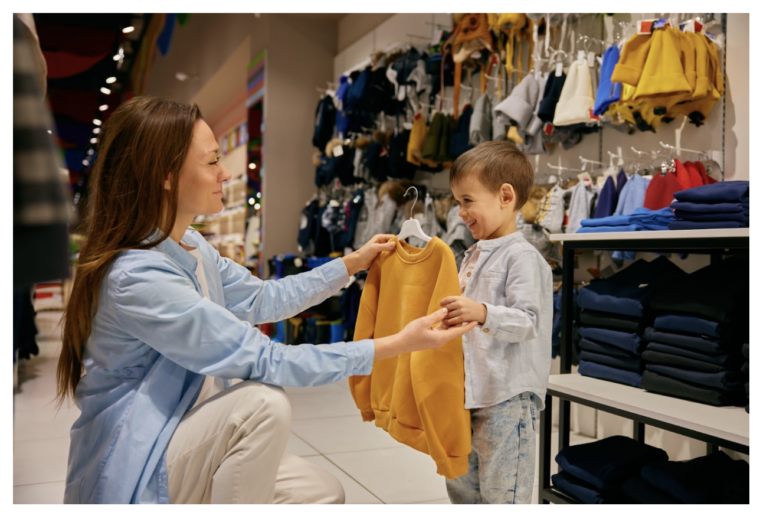How to Plan Your Children’s Clothing Budget and Stick to It?

Knowing how to draw up a budget and stick to it is one of the most useful skills we need to have as adults, yet we often skip it and decide to go with the flow. While this can fly while you live solo or with a partner if you decide to have children, budgeting will become an essential part of your everyday life.
People often say that having kids is the most rewarding experience of your life, and while that may be true, it’s important to talk about skills that sustain that experience. Planning a family budget and tracking your spending is the best way to understand your habits and figure out where you spend more money than you need to. Buying children’s clothing is usually one of those quiet drains on your budget that can wreak havoc when unchecked. So here are some suggestions for planning your children’s clothing budget and, equally important, sticking to it!
Understand Your Current Situation
Just like with implementing any change, you need to understand where you currently stand before you start moving your funds around. Is there a way to figure out how much you’ve spent on your kids’ clothes in the past six months or even a year? If yes, you’re ahead of the curve.
Once you get the sum, it’s time to categorize the expenses, and the best way to do it is to split them into categories “Must Have” and “Nice to Have.” Must-have clothes are essentials like shoes, a few sets of clothing, kids uniforms (if they wear them), winter clothes, and everything else your kids can’t go without.
On the other hand, you’ve got “Nice to Haves.” This category is reserved for that special pair of sneakers that costs much more than you’d like, accessories, specific branded clothes, etc. Just like the category’s name suggests, these would be nice to have, but they’re not a priority. If buying them fits within your budget, great, and if not, getting them is put on pause.
Now you have a clear overview of how much money goes into “Must Haves” and how much goes into “Nice to Haves.” As you start drafting a new budget, see where there’s room to cut costs without losing out on the quality of clothes.
Drawing up a Realistic Budget
The next step is drawing up a realistic budget for your children’s clothing in the upcoming period. This may be easier said than done, especially if you’re doing it for the first time, and there are usually some unexpected costs, so it’s crucial to have some flexibility here.
First, determine how much money is necessary for essentials and how that compares to your monthly income. After that, consider the essential needs of each of your children, especially if they have hobbies, take dance classes, or do sports. These specialized clothes are important to invest in because, without them, your little ones may not be able to participate.
Finally, seasonal changes of clothes usually mean spending quite a bit of money, especially if you have kids who are actively growing. The same goes for the beginning-of-the-school-year shopping spree. Before you get out the door, figure out exactly what the kids need and have a shopping list prepared. Some leeway is okay, but try your best to stay on budget.
Additional Tips for Smart Budgeting
There are tips and tricks you can use when you’re budgeting, whether you’re going grocery or clothes shopping. You want to find quality pieces that will fit your kids (and preferably look good), serve them well, and catch the perfect time to buy those clothes. Here are a few tricks of the trade:
- Buy clothes off-season. This is some of the best advice you can use when buying clothes in general, not just for your kids. Buy clothes for the next season at the end of the current one. For example, go hunting for winter jackets in the first days of spring, when everything is much more affordable.
- Be on the lookout for sales. Take advantage of sales and clearances whenever you have the chance. One of the best ways to stay in the loop is to sign up for newsletters from your favorite stores to stay informed about upcoming sales.
- Buy basics in bulk. Buying in bulk is hardly a new concept, and if you find brands that sell quality clothes like socks, t-shirts, shorts, and underwear in bulk, make the most of it. You can even buy in bulk in different sizes, so when your kids outgrow their current size, you’ll have fresh clothes in reserve.
Conclusion
Planning your children’s clothing budget isn’t too difficult, but it may take some time for you and them to get into the groove. The best thing you can do is include your kids in budget planning as they get into their tween and teen years. Not only will that be an educational experience for them, but they’ll also gain a better awareness of how money is spent. That way, you’ve got a win-win situation: budget-savvy kids and the development of healthy spending habits!
